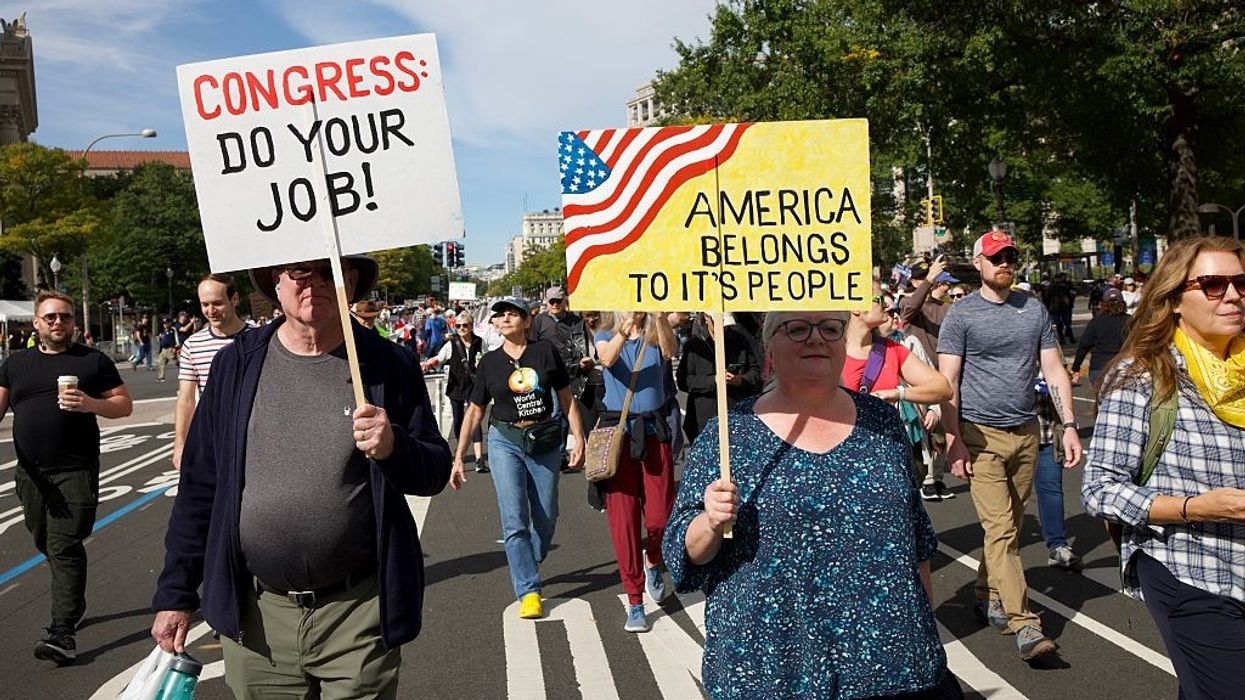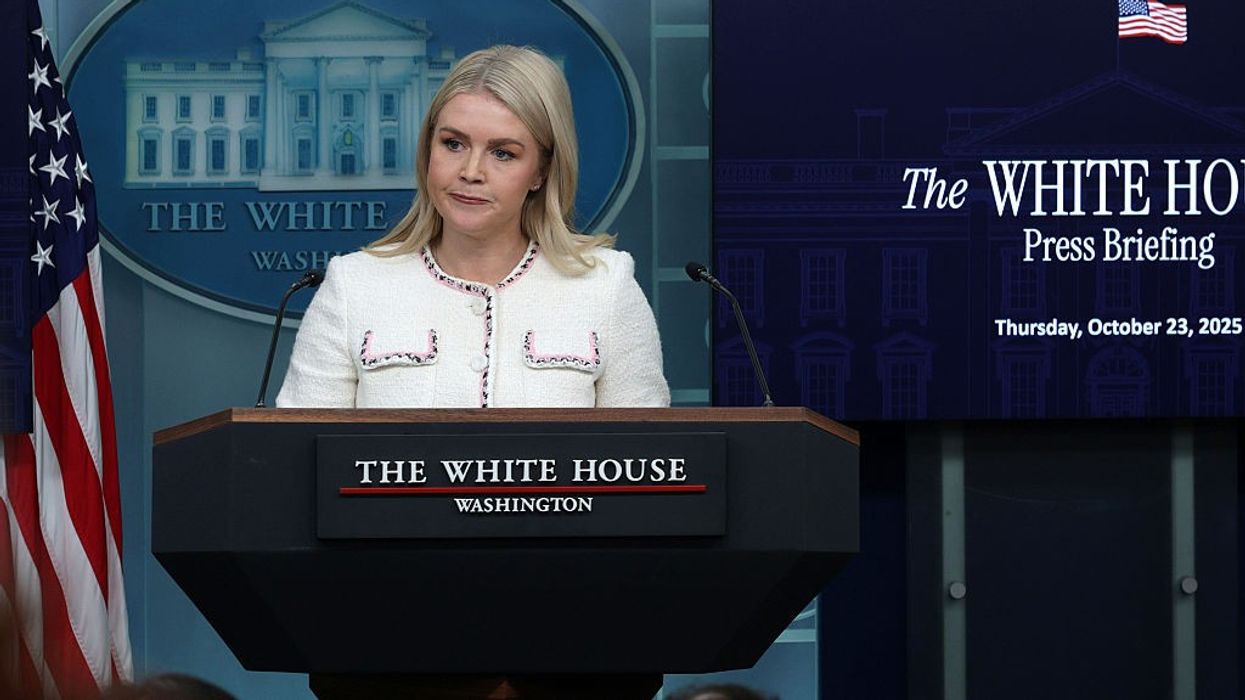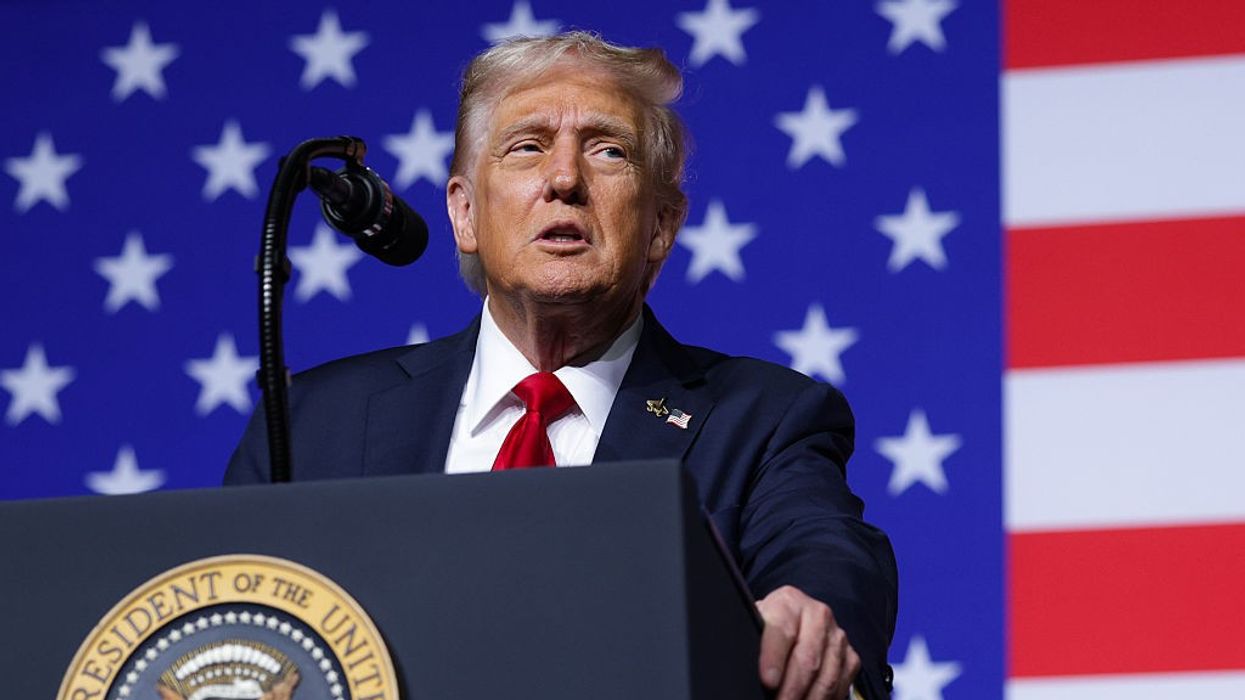Highlights:
- US jobless claims are estimated to rise to 232,000 last week.
- Continued claims climbed to 1.942 million, showing slower rehiring.
- Federal worker applications spiked after mass buyouts in September.
- Economists say layoffs remain low but hiring is sluggish.
- The Fed is expected to cut interest rates again to support jobs.
The number of Americans filing new applications for unemployment benefits rose last week, according to economists' estimates released on Thursday (23), as more people collected unemployment checks in early October, reflecting signs of a softening labor market.
Initial jobless claims increased to a seasonally adjusted 232,000 for the week ending October 18, up from 220,000 the previous week, according to estimates from Citigroup and Nationwide. Goldman Sachs pegged the number at 227,000, while JPMorgan put it at 229,000.
Economic data blackout
Data was unavailable for Tennessee, Massachusetts, and Colorado, but economists made projections for these states using the same approach the Labor Department typically employs when data is missing.
Despite a government shutdown that has caused an economic data blackout, state agencies continue to collect unemployment claims figures and submit them to federal authorities.
Trump administration's trade policies
Economists are using unadjusted data and previously published seasonal factors to assess the labor market. Before the shutdown, now in its third week, hiring activity had already shown signs of slowing, something many economists attribute to the Trump administration's trade policies. However, the estimated jobless claims have remained within pre-shutdown levels, suggesting no significant increase in layoffs.
“The latest state-level jobless claims data suggests the labor market remains steady and that layoffs remain low,” said Oren Klachkin, financial market economist at Nationwide. “Overall, initial claims remain subdued and aren’t flagging an imminent economic downturn.”
October's nonfarm payrolls report
However, claims filed by federal workers have surged recently, likely linked to more than 150,000 employees who left federal payrolls at the end of September after accepting buyouts. These furloughed employees can apply for unemployment benefits, although they must repay them once pay is issued.
The claims data also covers the period used to survey employers for October's nonfarm payrolls report. Economists believe the ongoing shutdown is unlikely to distort payroll estimates but might actually improve the survey's response rate, which has previously been blamed for major revisions in jobs data.
The Federal Reserve is expected to cut interest rates again next week to support the labor market.
Number of claims increased
Meanwhile, the number of people receiving unemployment benefits after an initial week of aid, a measure of continued claims, increased slightly to 1.942 million during the week ending October 11, up from 1.928 million the week before, according to Citigroup estimates. Other major banks reported similar figures.
The elevated number of continuing claims indicates that many unemployed workers are struggling to find new positions. The US jobless rate climbed to a nearly four-year high of 4.3 per cent in August.
“This likely reflects the low hiring environment, as typically hiring would pick up in October for the holiday season,” said Gisela Young, an economist at Citigroup. “Some indications suggest holiday hiring may be less than usual this year.”















